February 19, 2025 | 16:39 GMT +7
February 19, 2025 | 16:39 GMT +7
Hotline: 0913.378.918
February 19, 2025 | 16:39 GMT +7
Hotline: 0913.378.918
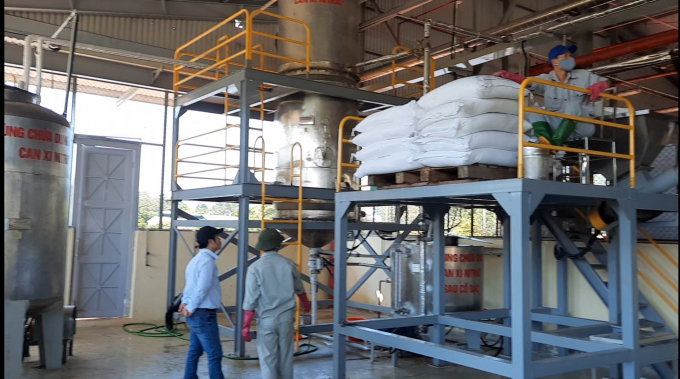
A pilot line for CAN fertilizer of the Mining Chemical Industry Holding Corporation Limited. Photo: Micco.
In our agriculture, a variety of nitrogenous fertilizers are used such as urea which has the highest nitrogen content (44 – 48%) of all solid nitrogenous fertilizers, ammonium sulfate containing about 20% nitrogen, ammonium chloride (24%), ammonium nitrate (33-35%), calcium nitrate (15 – 15.5% nitrogen and 25% calcium), and calcium ammonium nitrate.
CAN is a mixture of calcium nitrate and ammonium nitrate, consisting of a macronutrient (N) and a mesonutrient (Ca).
A majority of CAN fertilizers contains roughly 26 – 27% nitrogen (equally in two sources: NH4+ and NO3-, 12 – 13.5%), and 11 – 12% calcium (in CaO).
Calcium nitrate can improve and restore soil by reducing sulfate, desalinating, restoring soil structure so that the soil becomes well aerated and well drained. Calcium nitrate fertilizer is soluble in water, which helps supplement plants with calcium and nitrate nitrogen quickly, especially in case of calcium deficiency.
Calcium nitrate increases fruit set, minimizes flower and fruit abortion, and strengthens rice stem. This fertilizer is very suitable for perennial crops such as coffee, rambutan, etc.
Ammonium nitrate is a root-applied fertilizer. It is commonly used as it provides half of N in the nitrate form and half in the ammonium form, both of which are beneficial for the plant, especially for strong rice stem.
Nitrogen plays a pivotal role in the cell formation, and root as well as foliage growth, and accelerates the photosynthesis. Nitrate is mobile in soil water, thus easily access to plant roots, ready for the plant’s nutrient uptake. The ammonium is taken in by the roots or gradually converted to nitrate by soil microorganisms.
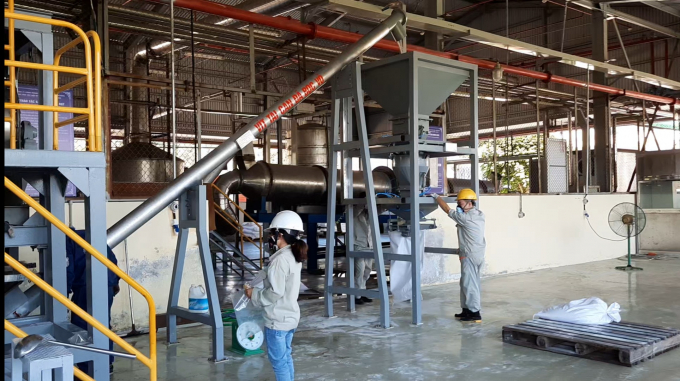
The production of CAN fertilizer by MICCO marked a significant milestone for the fertilizer industry of Vietnam. Photo: Micco.
According to the International Fertilizer Association, the total global CAN fertilizer volume in 2000 was around 4 million tons and 5 million tons in 2020, accounting for about 4.5 – 5% of the total amount of fertilizer consumed worldwide.
Until now, Vietnam has to import all CAN fertilizer, as no company in the country is able to manufacture the product. The CAN fertilizer used in Vietnam is imported by commercial companies. Behn Meyer AgriCare is the world's leading CAN manufacturer.
The Mining Chemical Industry Holding Corporation Limited (MICCO), a member of the Vietnam Coal and Mineral Group, is an enterprise whose strength is in industrial explosives production. Since its establishment, MICCO has provided over 1.8 million tons of industrial explosives for the nation’s coal industry, mining, and most of the country's key hydroelectric projects.
Besides, MICCO has undertaken research in an effort to diversify their products, including a lot of chemicals and fertilizers such as ammonium nitrate, calcium nitrate, sodium nitrate, etc.
Among the achievements of MICCO, one must be mentioned is the success of the project Ammonium Nitrate Manufacturing Plant implemented in Thai Binh, with a capacity of 200,000 tons per annum. The Plant’s product serves not only the domestic market but also international market, and for industrial explosives and fertilizer production.
From R&D results achieved in the laboratory concerning CAN fertilizer production, the project team led by Mr. Nguyen Thanh Liem studied to design a pilot line for CAN fertilizer with a capacity of 1 ton per hour, adopting continuous technology, highly automated control system, and technology parameters controlled and monitored by the PLC software. Nearly 7 tons of fertilizer have been produced with required quality standards, and comparable to the same type imported.
Currently, MICCO is taking next steps including testing and applying for CAN manufacturing license. In the near future, with the experience gained through implementing R&D results, proactively researching, and applying science to production, together with the active support of agencies and departments, MICCO will be able to mass produce CAN, providing farmers with an additional quality fertilizer.
Translated by Megan Phan
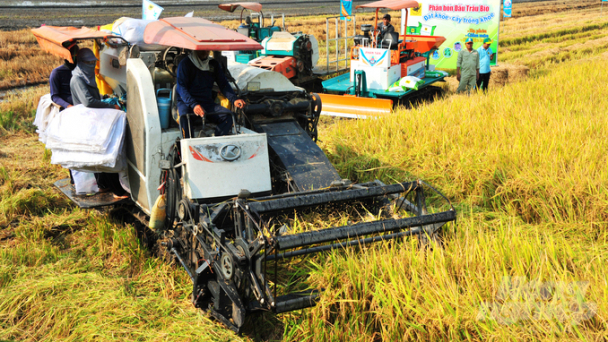
(VAN) The low-emissions rice model shows a VND 3 - 3.5 million/ha reduction in costs compared to traditional models, thus bringing massive profit.
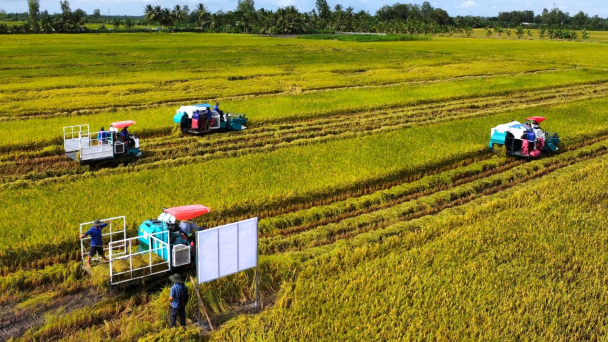
(VAN) The 1 million ha of high-quality, low-emissions rice Scheme is opening up many investment opportunities in digital technology and green transformation.
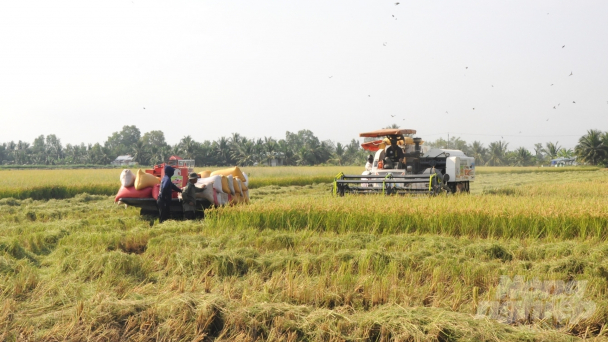
(VAN) Eight enterprises registered to participate in the TRVC Project to produce low-emissions rice in the first crop, and received a reward of AUD 200,000, equivalent to over VND 3.18 billion.
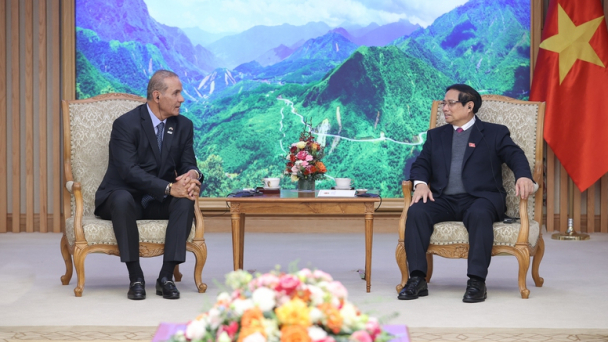
(VAN) The Prime Minister suggested that JBS S.A. Group from Brazil expand cooperation and investment in Vietnam in areas where the group has strengths, such as livestock farming and meat processing.
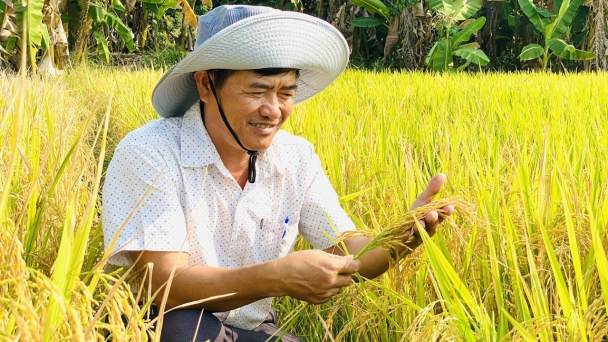
(VAN) The low-emissions rice model lowers production costs by 15-20% compared to traditional methods. Given the yield of 1.1 tons/cong, farmers earn VND 4.3 million/cong in profit.

(VAN) Company will expand its operations and purchase more land in a bid to help rehabilitate the carbon credit market.
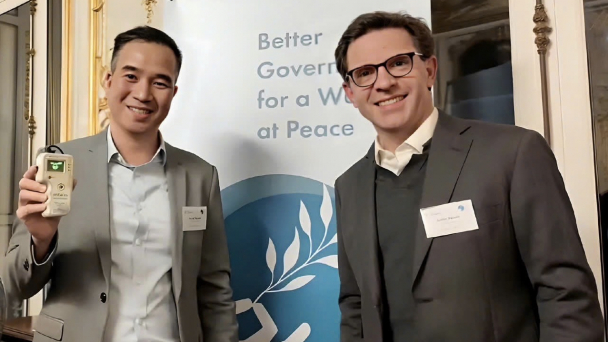
(VAN) This is a testament to the innovative capabilities of Vietnamese engineers in developing technologies that have the potential to address global challenges.